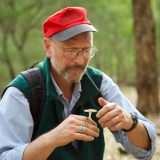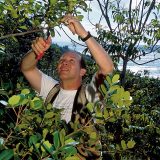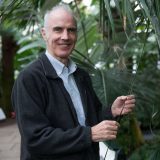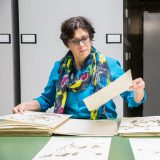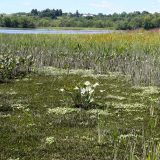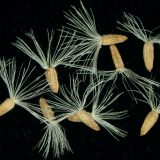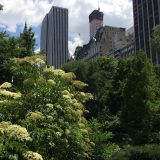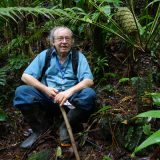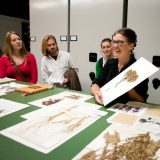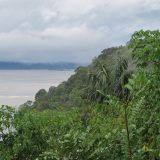A Bolete Story: 50 years of Macrofungi (March 12, 2021)
Roy E. Halling
Join mushroom expert Roy Halling on a virtual exploration of macrofungal biodiversity and the highlights of his career as a mycologist at The New York Botanical Garden.
Roy became fascinated with the study of fungi (the porcini family specifically) in the early 1970s while an undergraduate in California. Fungi are nature’s organic recyclers, fundamental to nutrient cycling in all ecosystems. However, relative to plants and animals, their biology is poorly understood. It was obvious that more exploration, description, and documentation of the world’s macrofungi was needed. Through surveys and global collaborations in the New World tropics, southern South America, Southeast Asia, and Australia, Dr. Halling uncovered new genera (including a bolete truffle), described more than 80 new species of fungi, and characterized new distribution patterns and biases toward Old World species concepts.

